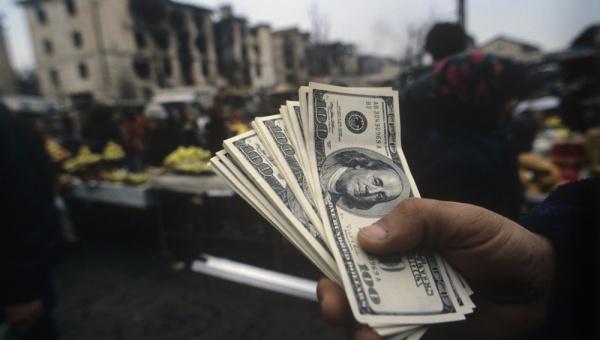A certain circle of specialists knows that longbefore the Bretton Woods system arose, there was a time of the gold standard on our planet, when the pound sterling could be easily exchanged for gold. Britain at that time was a strong world power, so could afford such operations. However, everything changed in 1914, when in the period of the 1st World War, the US currency entered the financial arena, which spread to North and Latin America.

In 1922, an attempt was made to createreserve currency and gold standard based on the pre-war model. In 1925, England introduced the gold standard for the pound, secured by gold and reserve currency (US dollars). However, in 1929 in America there was a collapse on the stock exchange, and in 1931, panic broke out on the London financial market, which finally took the pound into a secondary role after the dollar. In 1931, 1933, gold standards were abolished in Great Britain and the United States, respectively. exchange rates have become floating, which served as the basis for future forex systems. Attempts to create gold convertibility of currencies by European countries failed (1936, the collapse of the "Golden Bloc", which included a number of countries, including France, Holland, etc.).
By the end of the forties of the 20th century due to financialcrises of the thirties and World War II in the world there is a need for a radical renewal of the financial system. And in this regard, in 1944, the Bretton Woods Conference was convened, at which it was decided to link the currencies of 44 countries to the dollar, and the dollar to gold at the rate of $ 35 per troy ounce (31.1034 grams). After World War II in the United States, the dominant share of the world's gold reserves was concentrated, which gave this country grounds for world leadership. In December 1944, the Bretton Woods system began its work.

At the 1944 conference, a provision was adoptedthe creation of two organizations that will exercise supervisory functions and provide the countries participating in the agreement with the means to stabilize the national currency. These were the International Monetary Fund, as well as the International Bank for Reconstruction and Development. The Bretton Woods system assumed that gold remains the final medium in international payments, that national currencies circulate freely, that national currencies have firm exchange rates to the dollar, and central banks support this rate (+ -1 percent).










